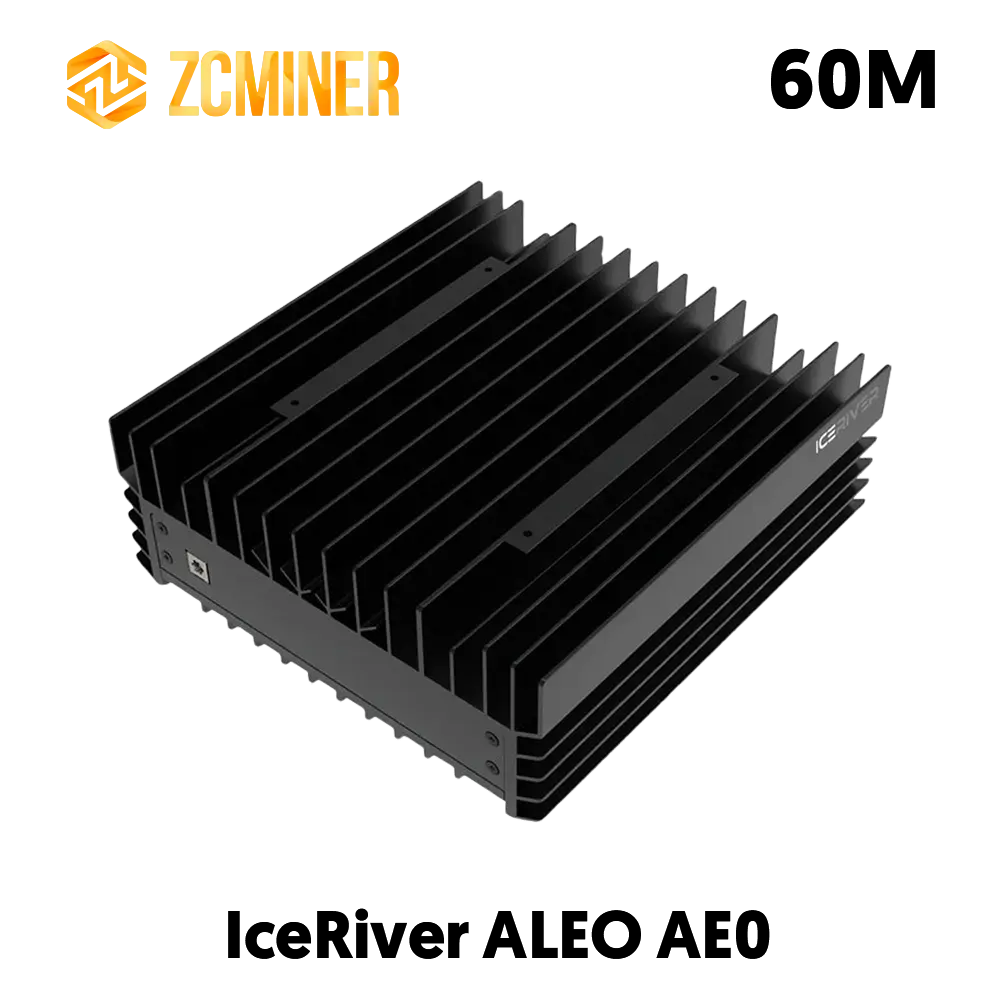Bitcoin Isolation and the Need for Interoperability
Bitcoin's architecture, while secure and decentralized, was not initially developed with interoperability in mind. This has resulted in a situation in which Bitcoin, despite its popularity, is unable to directly interact with rapid improvements in blockchain technology, particularly in sectors such as decentralized finance (DeFi), where assets are routinely traded across chains. Bitcoin's capacity to interface with these new technologies is more than a convenience; it is critical to its long-term usefulness in an increasingly interconnected blockchain world.
NEAR's Chain Signatures: Breaking Barriers.
NEAR's Chain Signatures serve as a cryptographic bridge across blockchains, allowing for easy interaction while maintaining security. This is how it works.
Cryptographic Integrity: At the heart of Chain Signatures is an innovative cryptographic protocol that employs a threshold signing mechanism. This enables users and smart contracts to construct addresses and signatures across various blockchains using cryptographic proofs generated via a secure, decentralized multi-party computation (MPC) network.
Decentralized Verification: Unlike previous systems, which frequently rely on centralized services, Chain Signatures maintain confidence via a decentralized MPC network, decreasing points of failure and increasing security.
Enhanced Interoperability: Chain Signature accounts can function as individual user lockups for Bitcoin and other assets used in cross-chain DeFi. This avoids several infrastructure risks associated with traditional bridges, such as holding spanned assets at a single address.
Scalability and Speed: By performing application logic on quicker, more scalable chains such as NEAR before settling on the Bitcoin mainnet, Chain Signatures can address Bitcoin's scalability difficulties while harnessing the capabilities of other blockchains.
Chain Signatures empower strategic use cases.
Bitcoin's role in DeFi has historically been limited because to its lack of smart contract capabilities. Chain Signatures address this issue by allowing Bitcoin to be tokenized and utilized as collateral across platforms, making it usable in lending protocols, yield farming, and as a trading pair on decentralized exchanges—all without the need for centralized custodians.
Asset Portability: The ability to move Bitcoin across chains enables users to benefit from various blockchain advantages, such as fast transaction throughput for retail purchases.
Smart Contract Integration: Bitcoin transactions can now be incorporated into complicated operations on other blockchains. For example, transferring Bitcoin to a Chain Signature address might trigger smart contracts on the NEAR or Ethereum blockchains, allowing for conditional payments and automated trading strategies.
Users may communicate with several blockchains with ease thanks to Chain Signatures. Using Bitcoin wallets, consumers can interact with DeFi applications and other protocols without having to worry about underlying blockchain complexities, lowering barriers for new users and capital.
Chain Signatures: Their broader implications
The ramifications of NEAR's Chain Signatures technology go beyond user comfort and address basic economic and technological issues:
Increased Market Liquidity: Allowing Bitcoin to flow freely between ecosystems improves liquidity across the blockchain landscape. This might potentially calm Bitcoin's price volatility while increasing its utility.
Innovation Fusion: Interoperability enables projects that specialize in distinct niches to merge their inventions, perhaps leading to new economic models, governance systems, or even consensus methods.
Security: Chain Signatures preserve the security standards of each blockchain involved, guaranteeing that interoperability does not jeopardize trust and security.
Transformative Implications and the Road ahead
Adoption of Chain Signatures may indicate a fundamental shift in how distributed systems interact, rather than an incremental enhancement. Chain Signatures, similar to how TCP/IP protocols facilitated seamless internet communication, have the potential to form the foundation for Web3 interoperability.
Standardization of Cross-Chain Communication: By providing a secure and efficient interaction protocol, Chain Signatures could pave the way for blockchain interoperability in the same way that HTTP standardized online interactions.
Economic Network Effects: Cross-chain connectivity improves network effects, potentially leading to exponential growth in decentralized apps and services as assets and data freely flow between chains.
Maturation and Integration: As technology develops, several significant advances are expected:
The emergence of "chain-agnostic" DeFi technologies, which automatically route transactions along the most efficient channels.
Unified liquidity pools spanning many blockchains, enhanced risk management tools employing cross-chain diversity, and real-time settlement systems that strike a balance between security and speed.
Cross-chain governance and coordination techniques may allow smaller chains to benefit from Bitcoin's security architecture.
Towards a decentralized global economy.
The ultimate promise of NEAR's Chain Signatures is more than just technical innovation; it is the realization of a completely decentralized global economy. In the future, Bitcoin may evolve from "digital gold" to a foundational component of the crypto ecosystem, enabling sophisticated financial transactions across many chains. This means:
Democratized Access: Users from other blockchain ecosystems can interact with Bitcoin and other assets without requiring technical knowledge, enabling more involvement in decentralized finance.
Economic Efficiency: Seamless cross-chain movement eliminates friction, generates more efficient marketplaces, and enables new kinds of value generation.
Accelerated invention: Interoperability enables increasingly sophisticated decentralized applications, enabling rapid invention in ways that were not conceivable in siloed contexts.
Looking Beyond the Horizon.
As we look ahead, NEAR's Chain Signatures technology offers a glimpse into the next stage of blockchain development. This technology's adoption could follow an S-curve, starting with skepticism, progressing to incremental adoption by early innovators, and then reaching popular acceptance as its benefits become obvious. Blockchain technology appears to be on track for a comparable transformation to the internet, which went from fragmented networks to an integrated worldwide system.
NEAR's Chain Signatures are a critical step in this transition, establishing the groundwork for a world where digital assets and information flow freely between chains, resulting in a more efficient, accessible, and decentralized global economy. The question is no more if this integration will occur, but rather how rapidly we can overcome technological and adoption barriers to accomplish this ambition. Chain Signatures could help shape the next chapter of blockchain technology's incredible journey.










Leave a comment
This site is protected by hCaptcha and the hCaptcha Privacy Policy and Terms of Service apply.